Faith Life & Learning and Teaching News
Curriculum Updates in English, Mathematics, Faith, Discovery & Inquiry

Faith Life & Learning and Teaching News
Curriculum Updates in English, Mathematics, Faith, Discovery & Inquiry
YEAR 3 RECONCILIATION
The Sacrament of Reconciliation is a beautiful and essential step in a Catholic's journey of faith. It is a time when our young students begin to recognize the importance of self-reflection, forgiveness, and reconciliation. Last night our Year 3 students took a significant step towards strengthening their relationship with God and the Church.
We congratulate our Year 3 students who received the Sacrament of Reconciliation.
The act of confessing one's sins and receiving absolution is a beautiful and humbling experience that reinforces the bond between us and God.
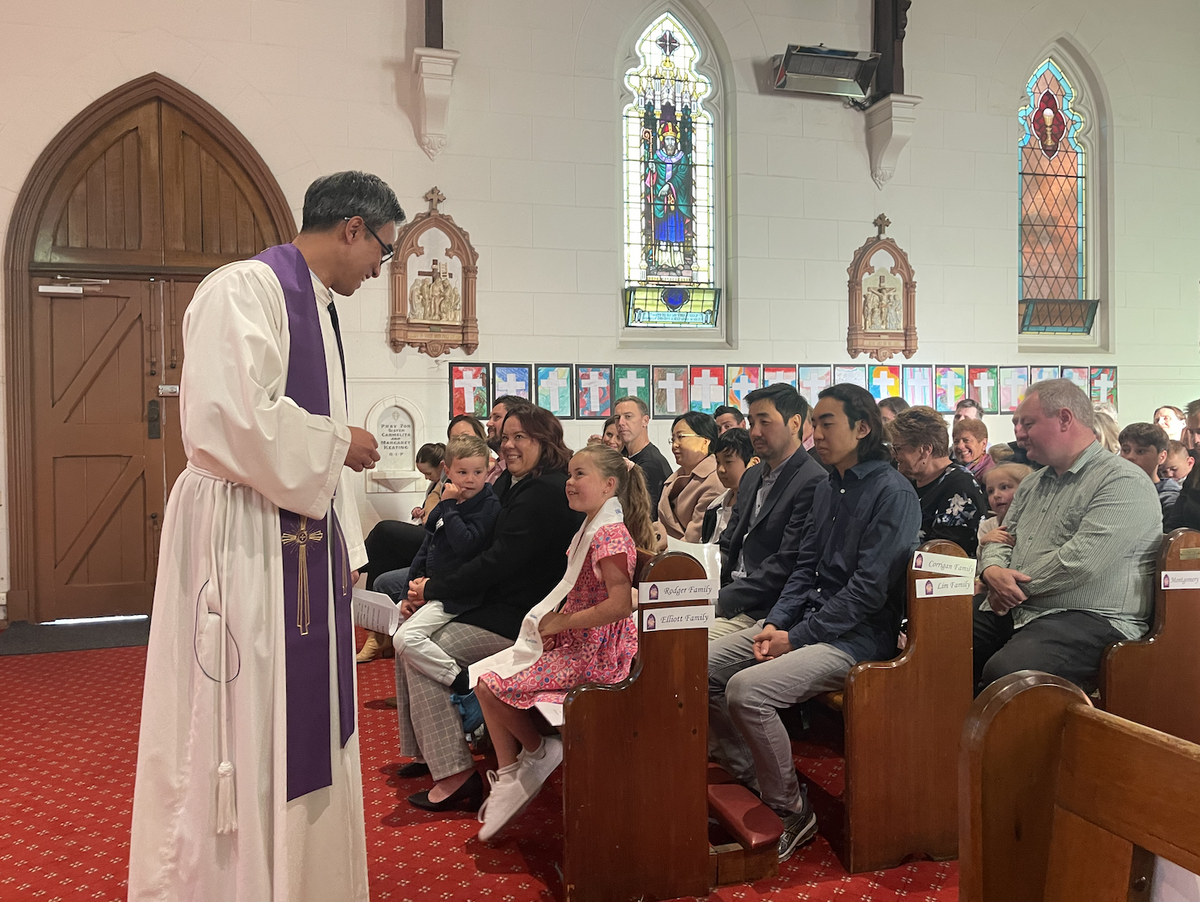
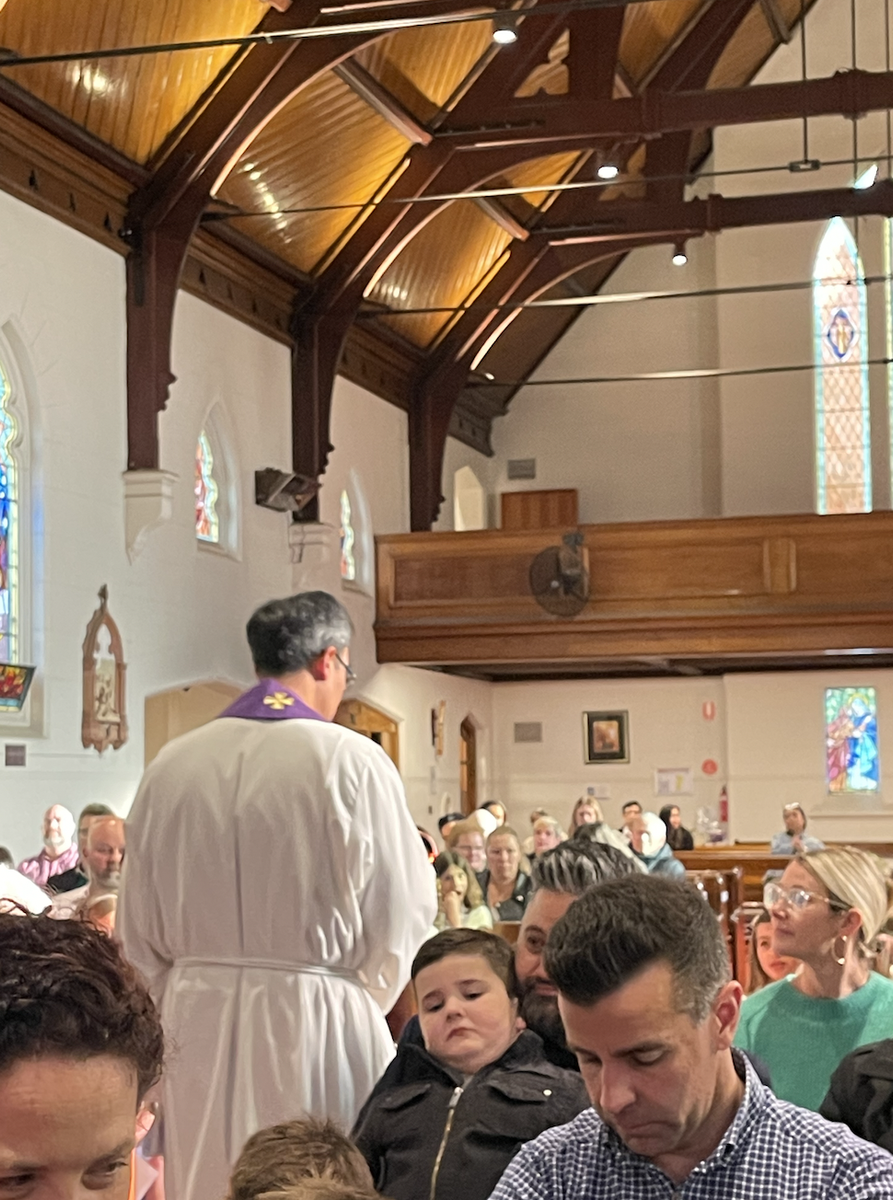
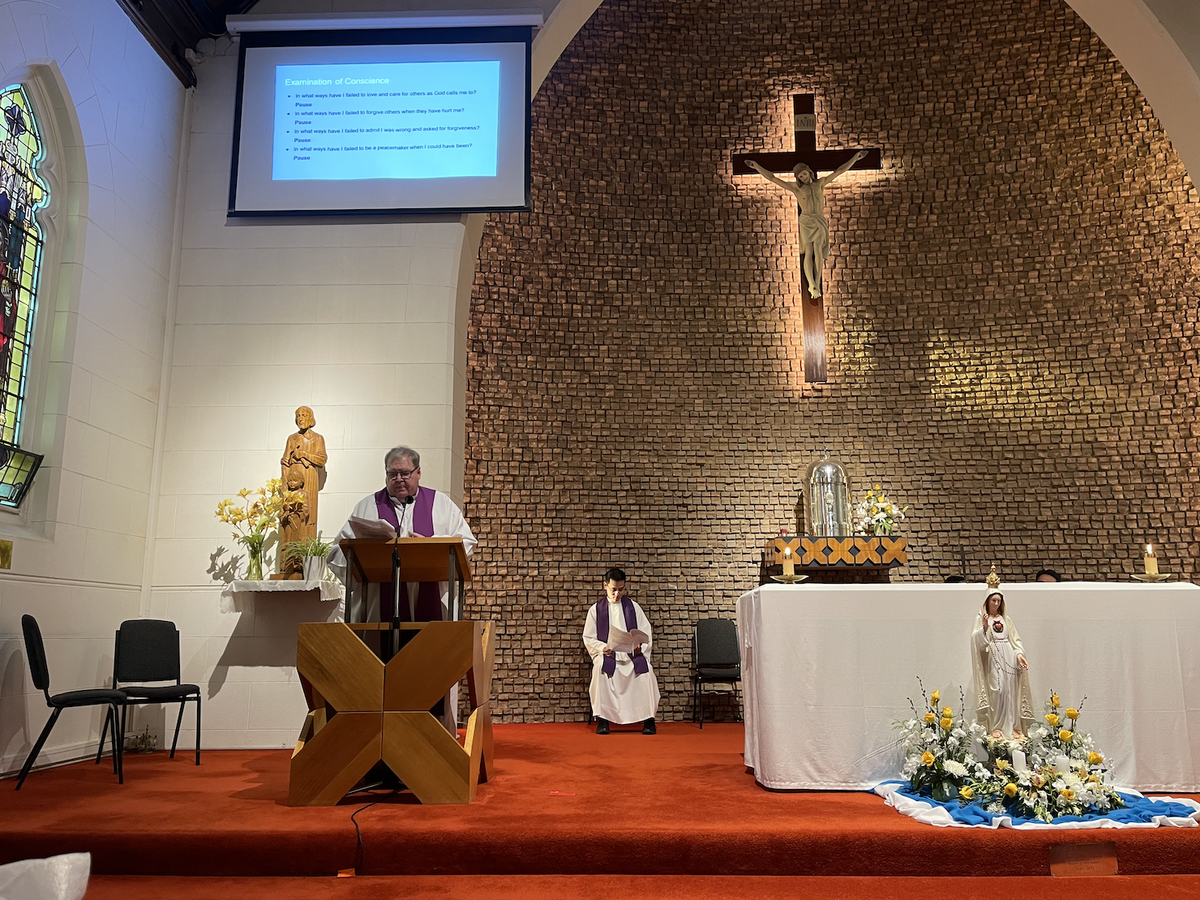
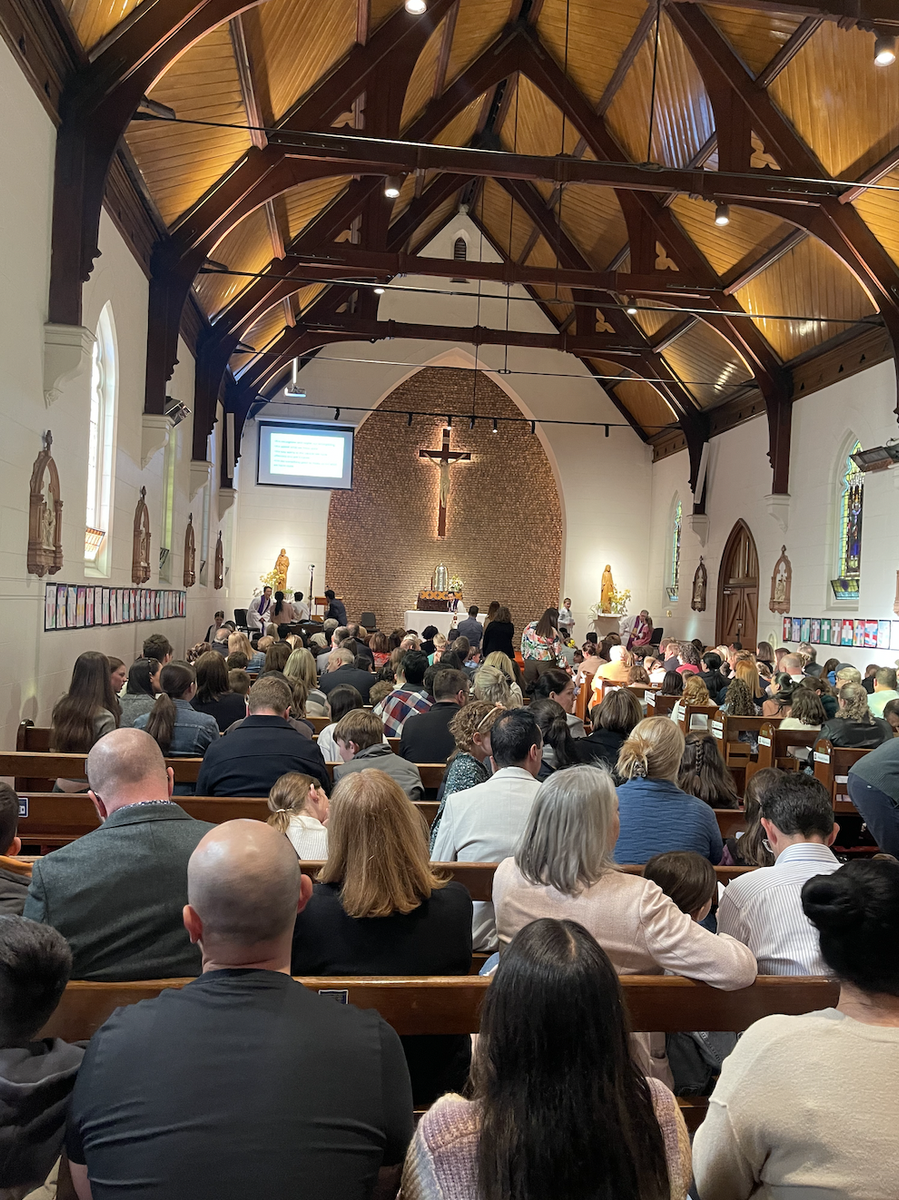
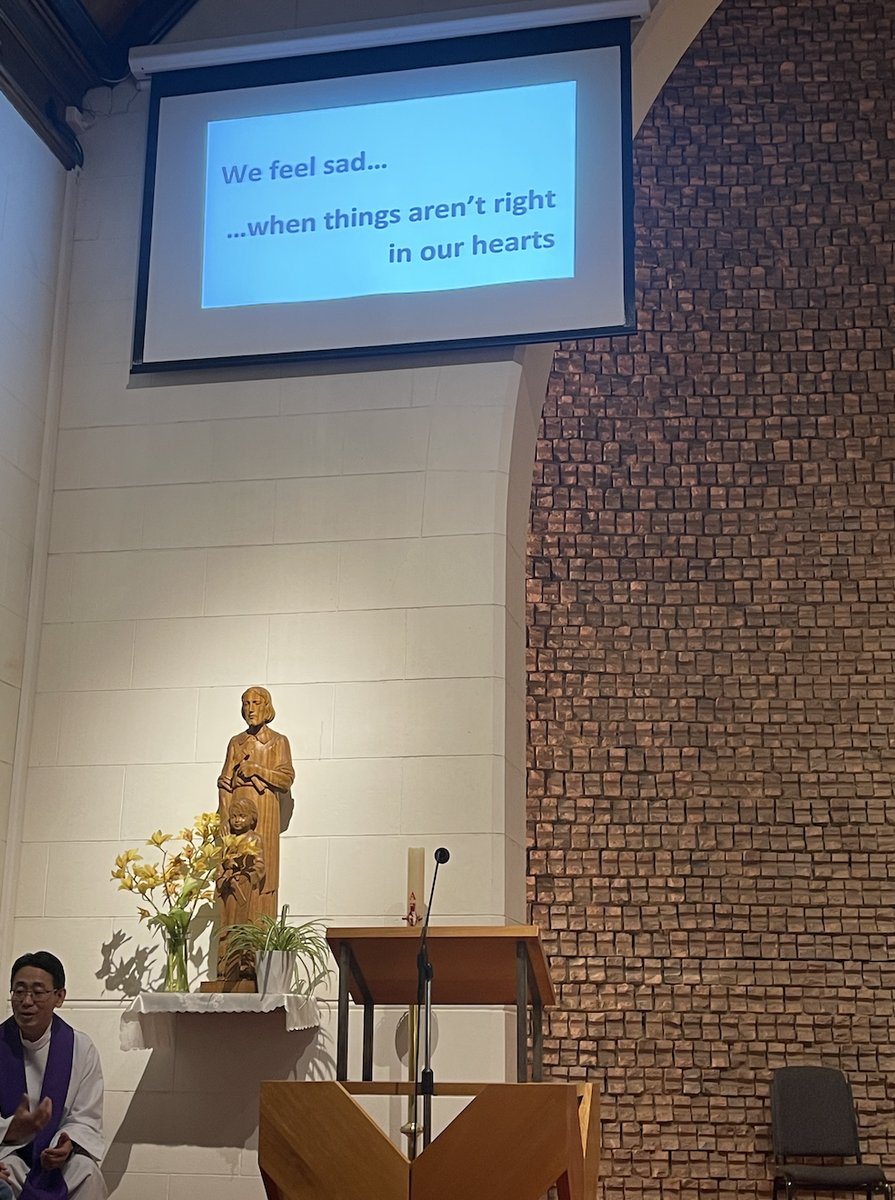





We thank our teachers, parents, and our faith community who have played an integral role in preparing the children for this sacred moment, providing them with the knowledge and guidance they need to approach this sacrament with sincerity and love.
This term I have been supporting the Prep year level by working with small groups of students to reinforce subtraction concepts. The prep students have been developing their understanding by using strategies such as count backwards & count forwards. They have also used number lines and tens frames to support their learning.
Here are some students using number line for subtraction.
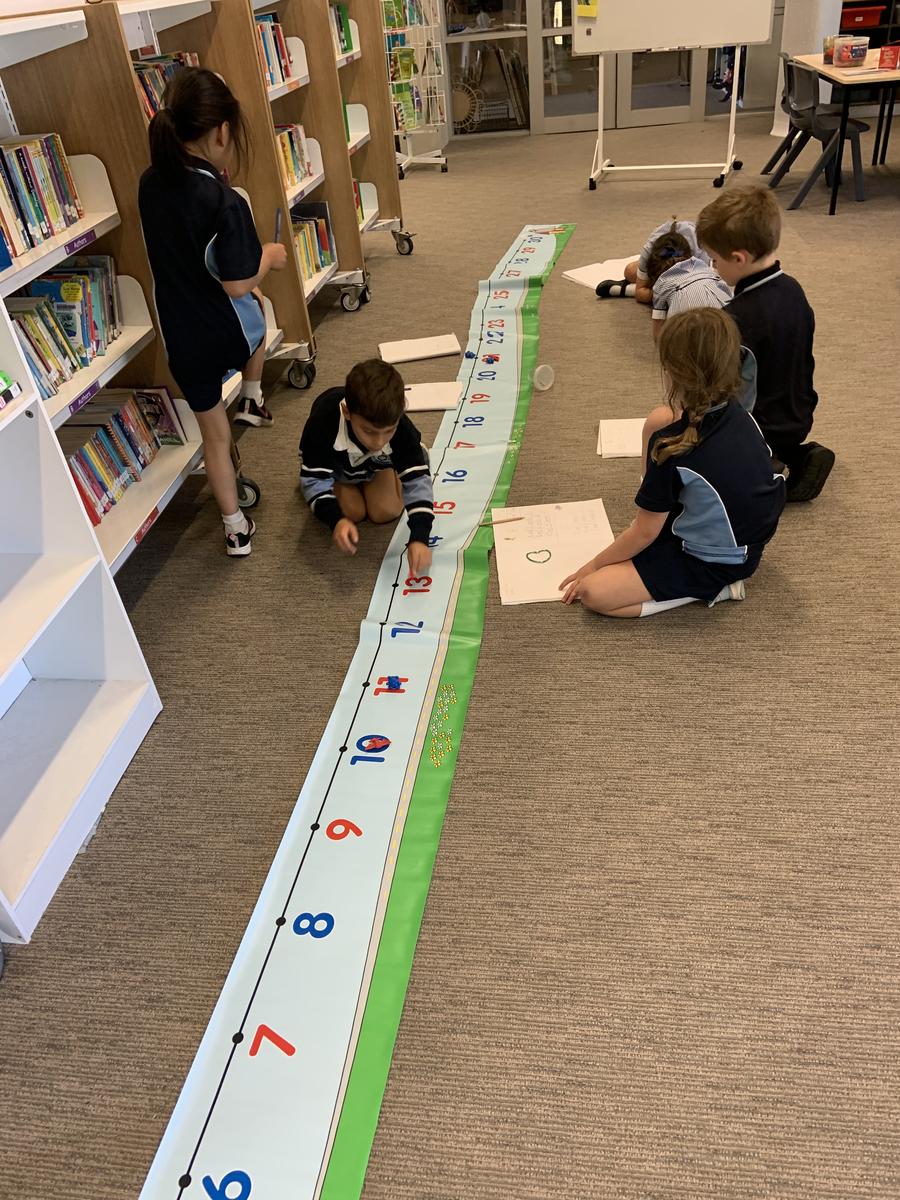
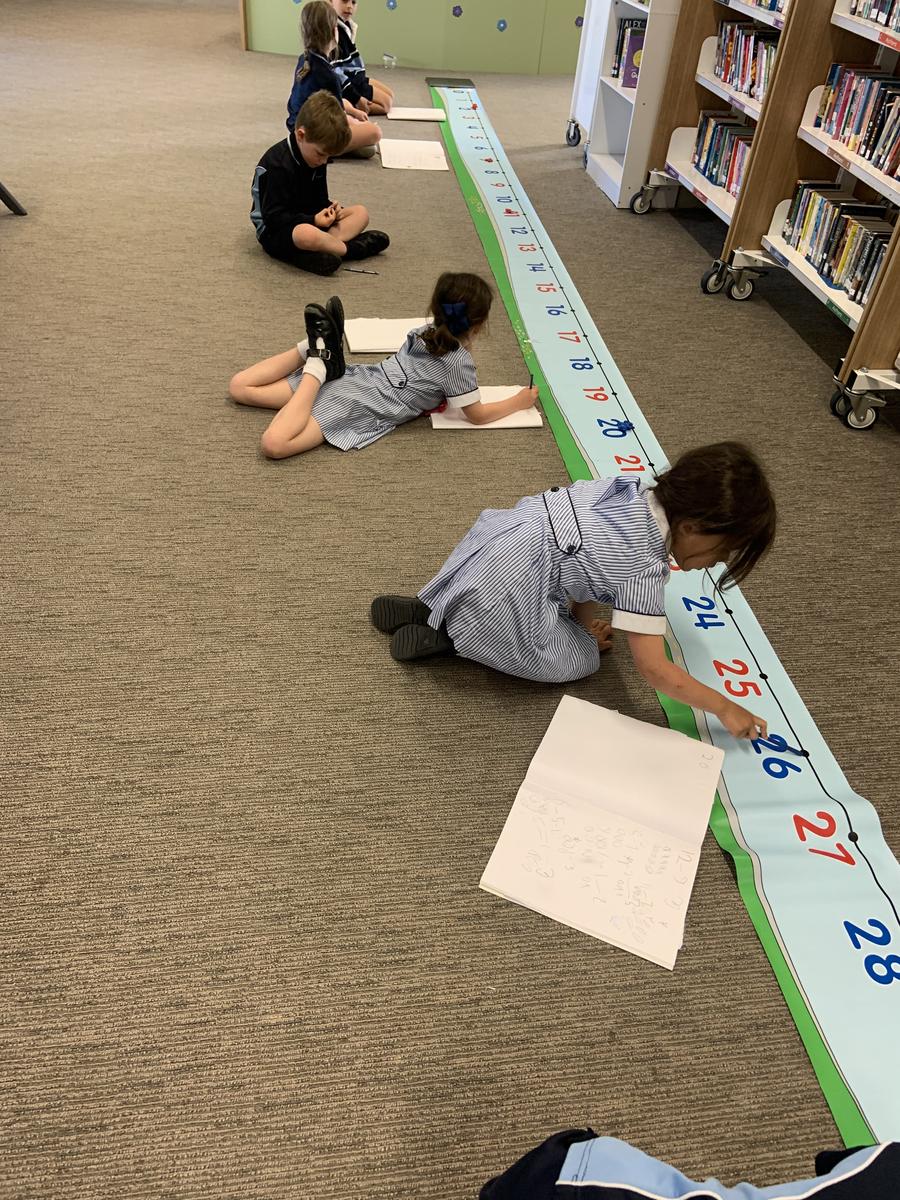


Here's an example of students using a tens frame to support their understanding of subtraction.
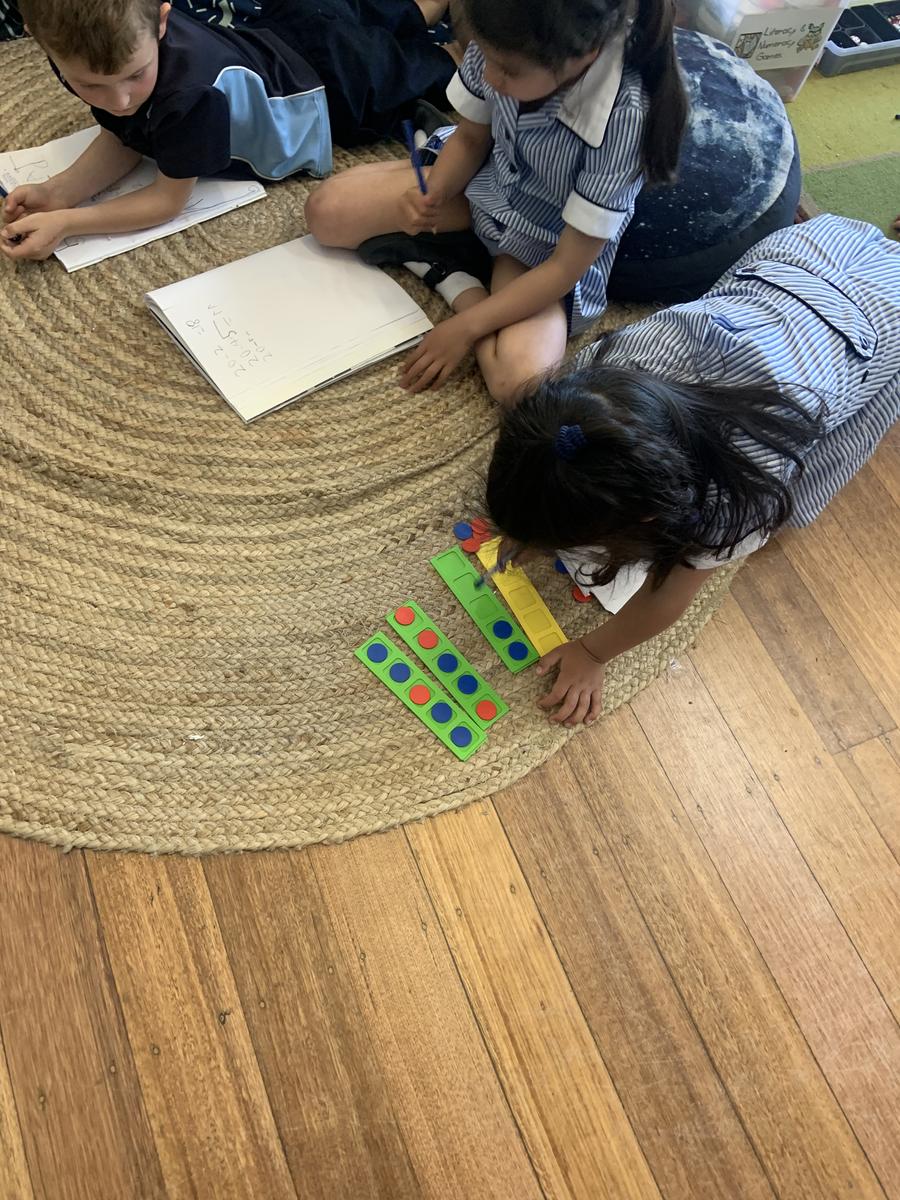

In year 2 students have been learning about measurement. They have had different hands on experiences such as hefting, using balance scales and weights and using scales to measure the mass on objects. Here you can see students using the weights to calculate the mass on various objects.
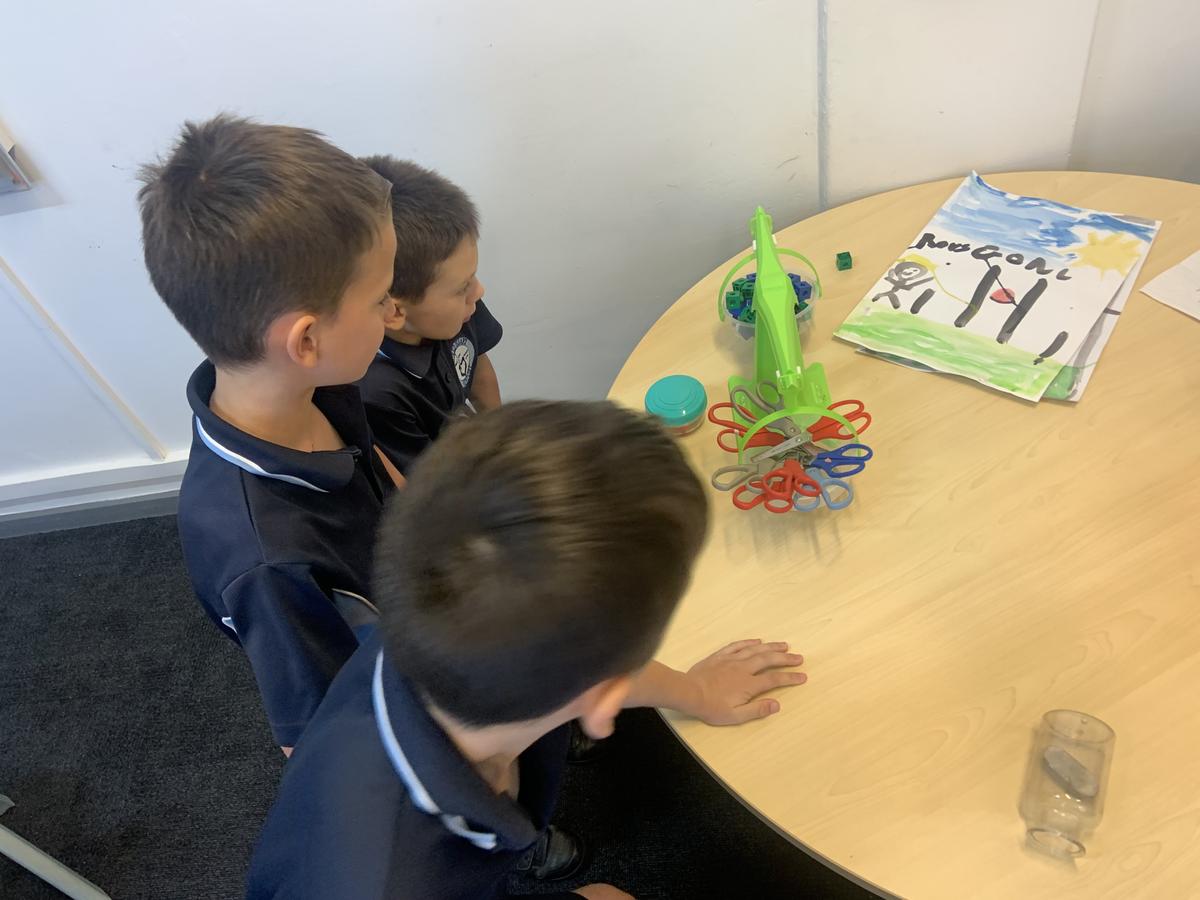
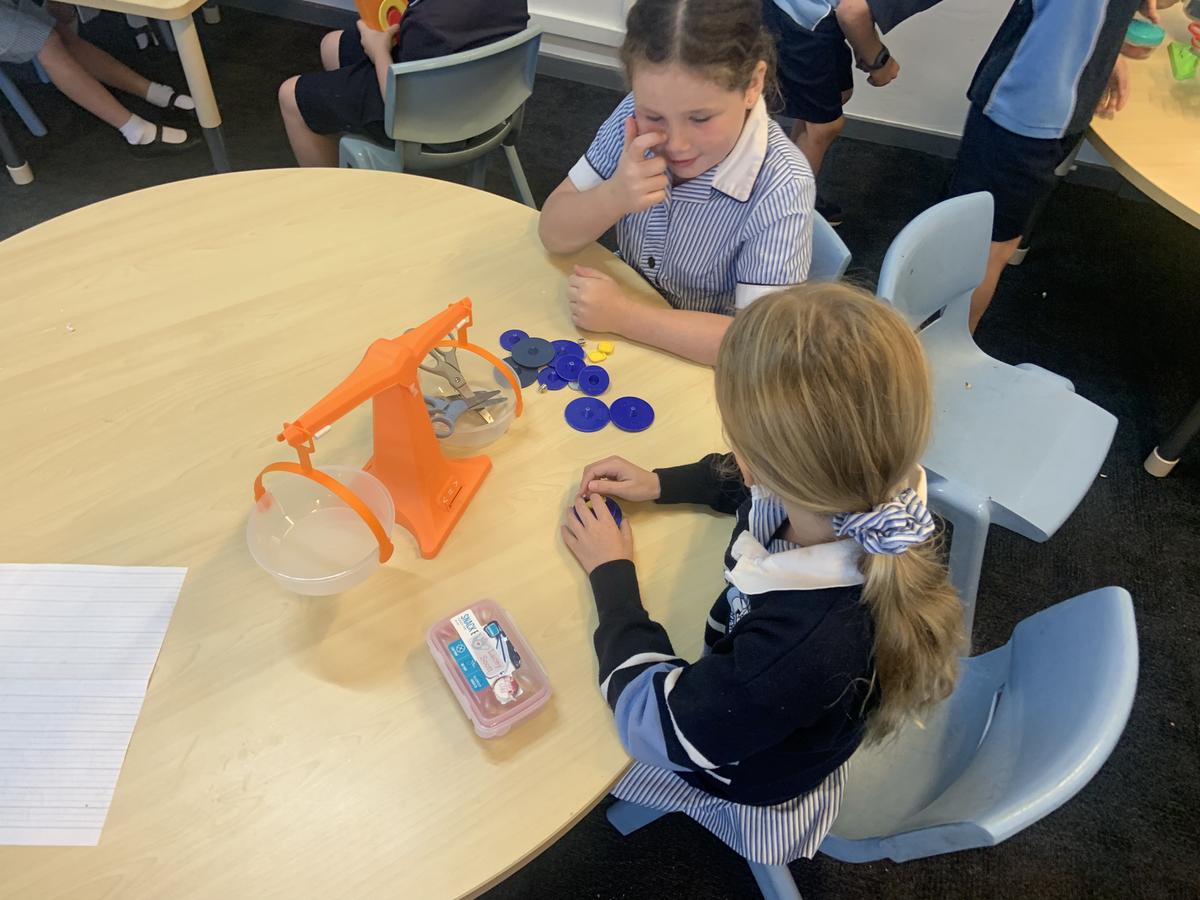
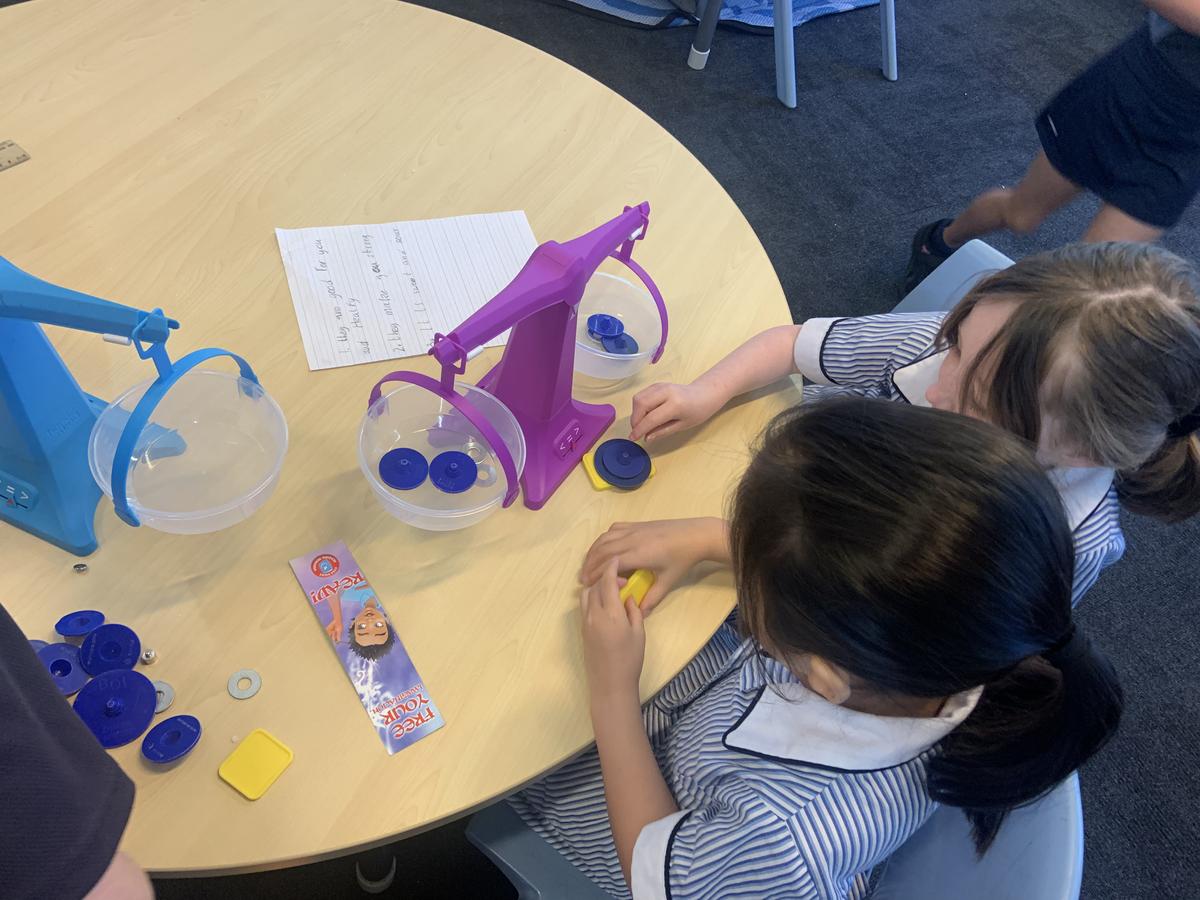



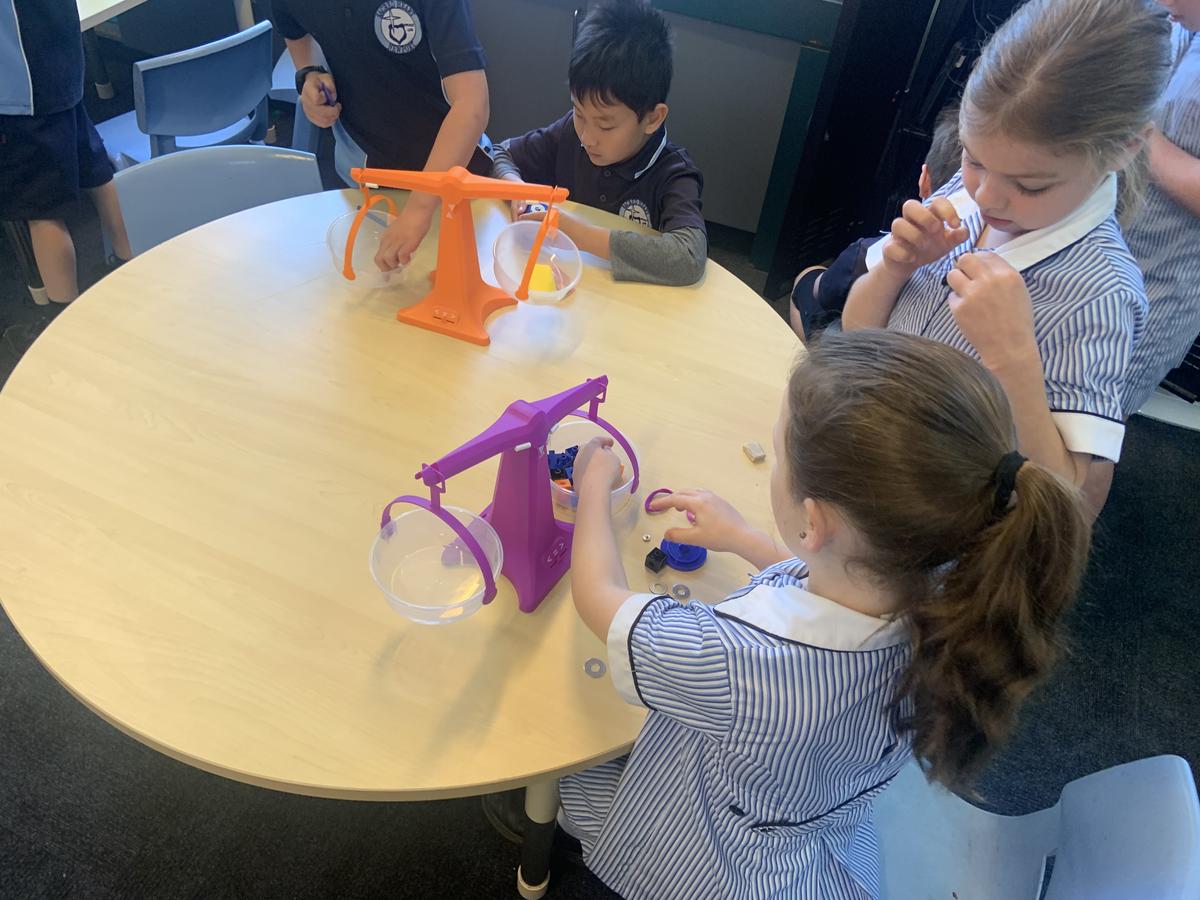
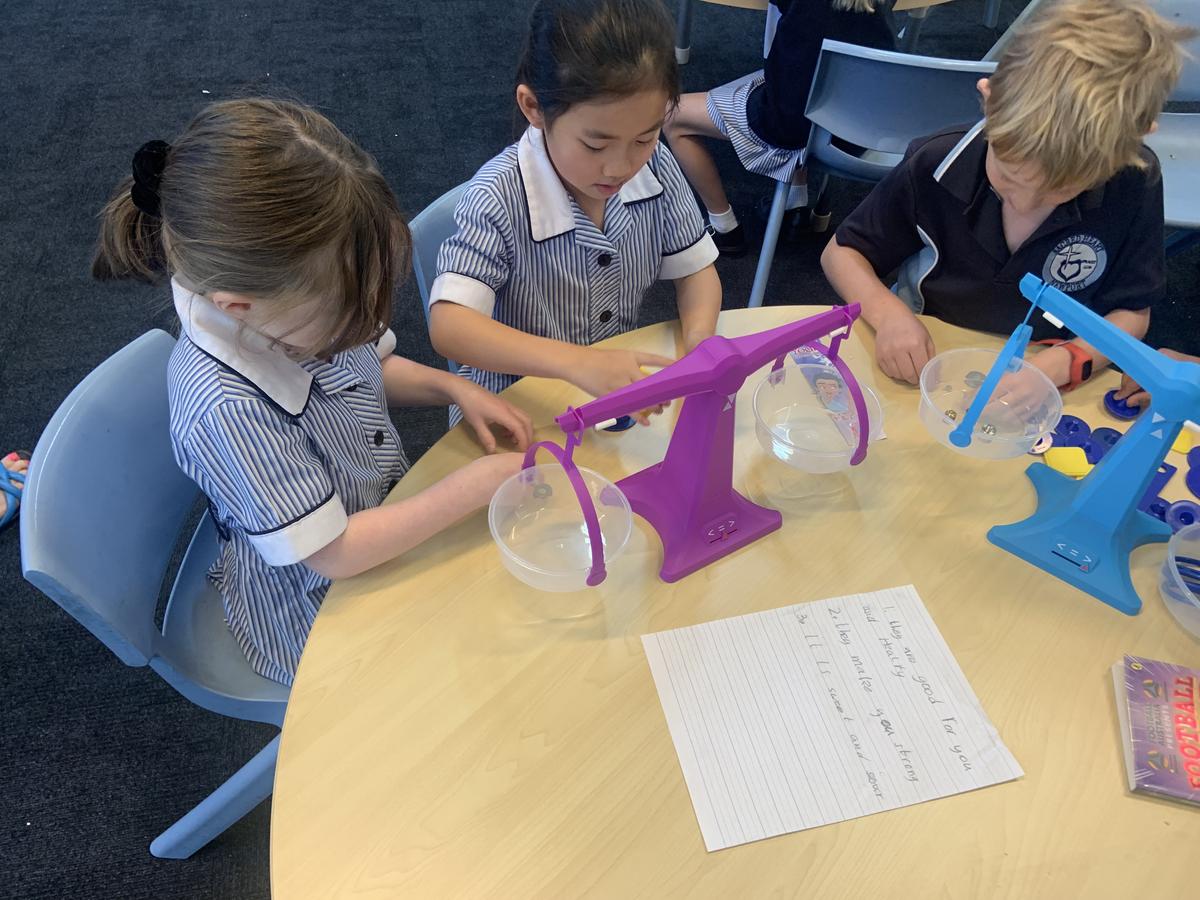


Students have also been learning about volume. Here students can be seen calculating the amount of space these containers occupy by using square blocks.
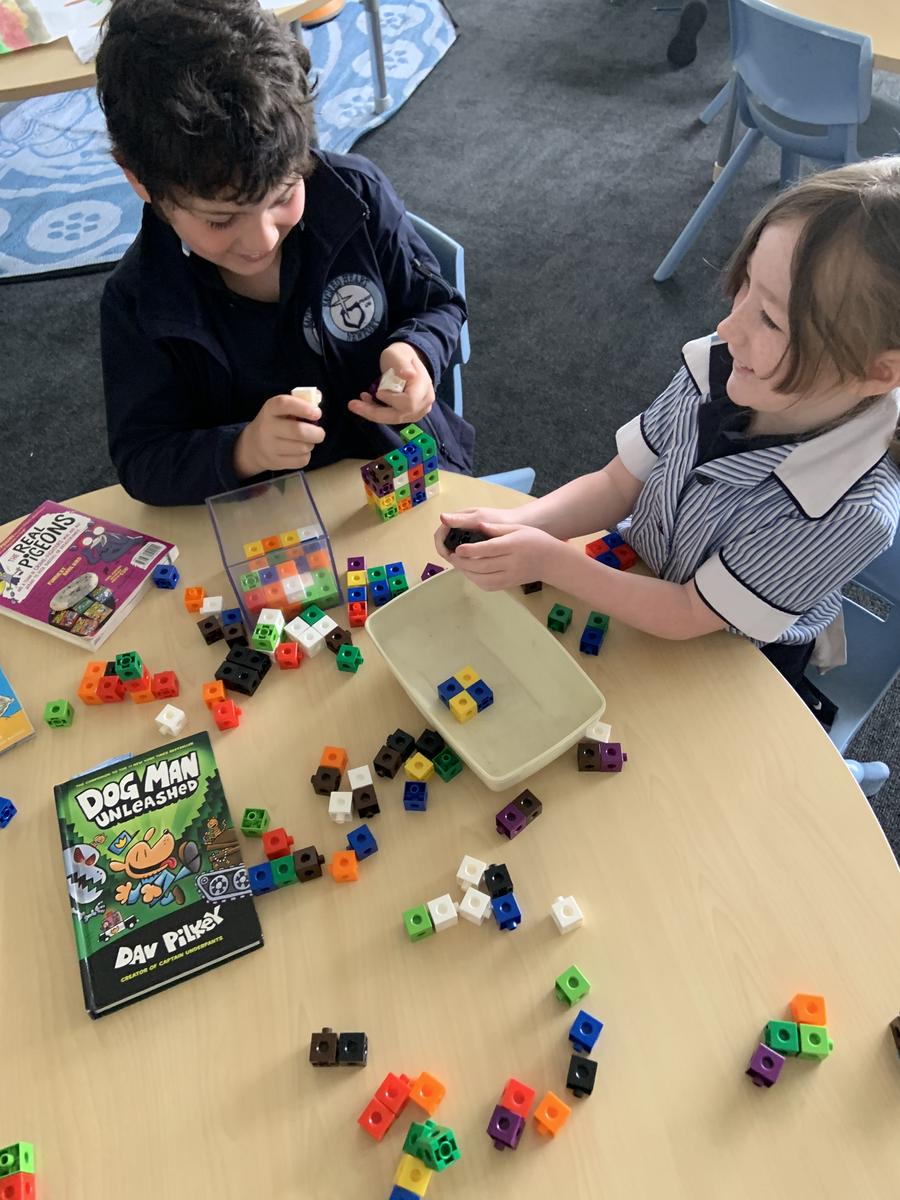
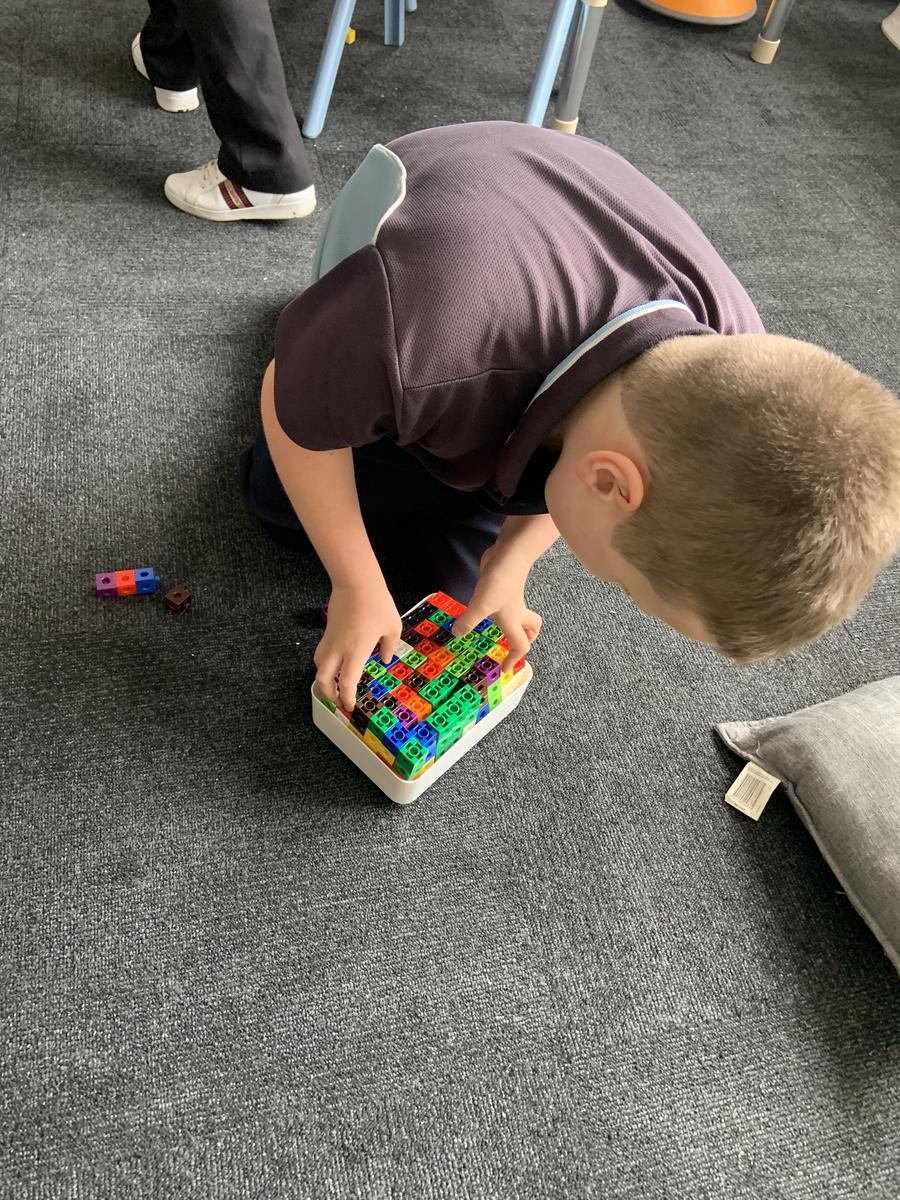
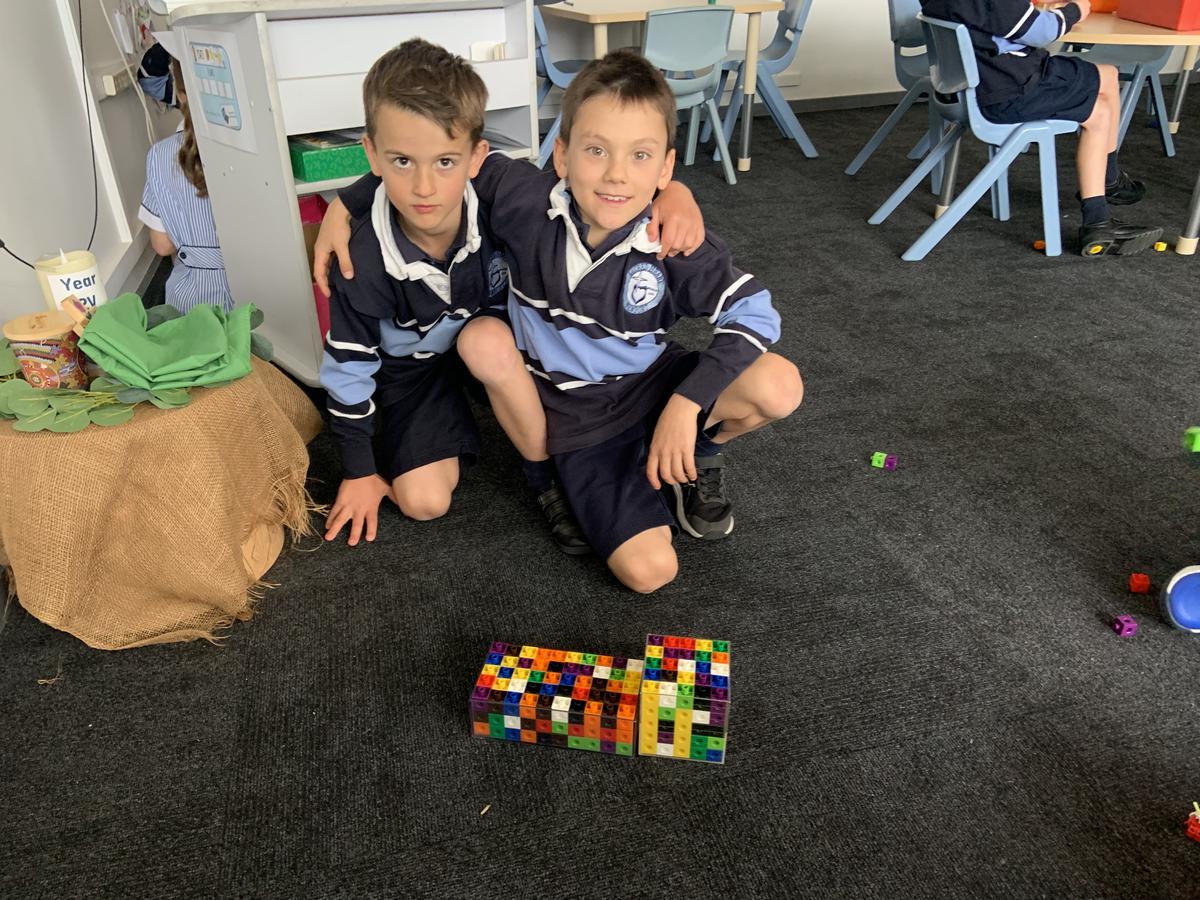



Many year levels across the school are focusing learning on areas of measurement this term. Hands on activities at home are great way to embed their understanding.
Kim Dalmau
Mathematics Leader
kdalmau@shnewport.catholic.edu.au
This past semester we have been further developing our approaches to teaching spelling to incorporate a sequence of learning that explicitly and systematically targets phonic skills at each level. Each week a new phonics focus is identified and includes words that have a particular pattern. Target words that fit this pattern are then organised at differentiated levels, ranging from simple to more complex to meet the needs of all students. Students are then guided to choose from the list and then analyse these words in a variety of ways to support developing capabilities. (See example from Year 2 below).
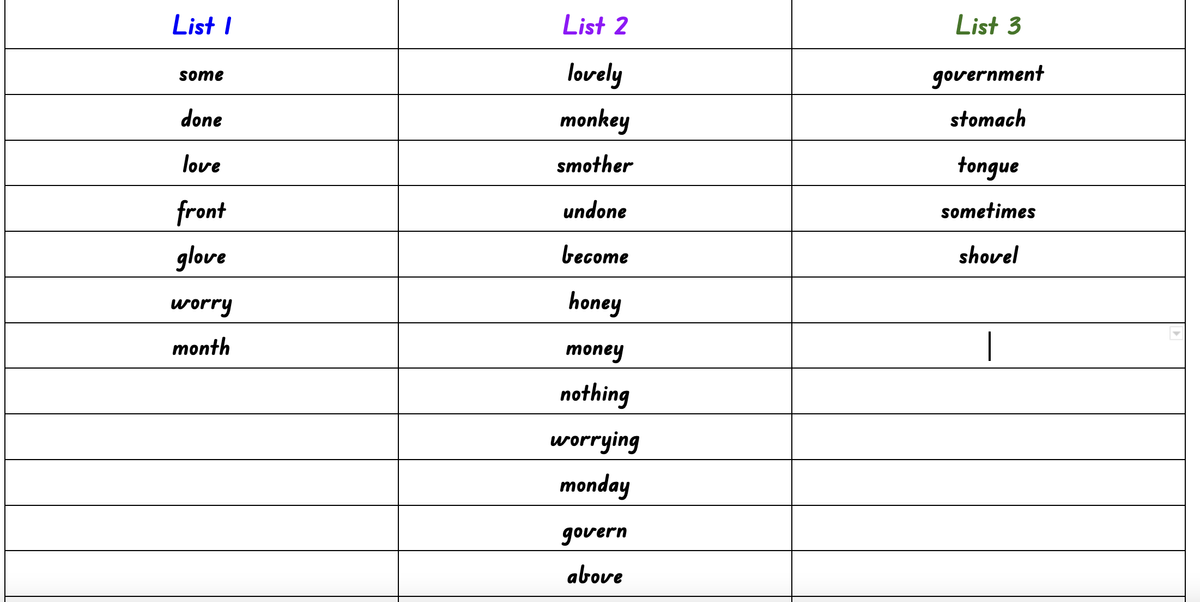

One of the pivotal focuses on analysing these words is orthographic mapping. This is a cognitive process where students learn to read words by sight and to spell words from memory. A priority each week is for students to segment the words into their individual phonemes (sounds) and to then match these phonemes with the corresponding grapheme representations (letter/letter combinations).
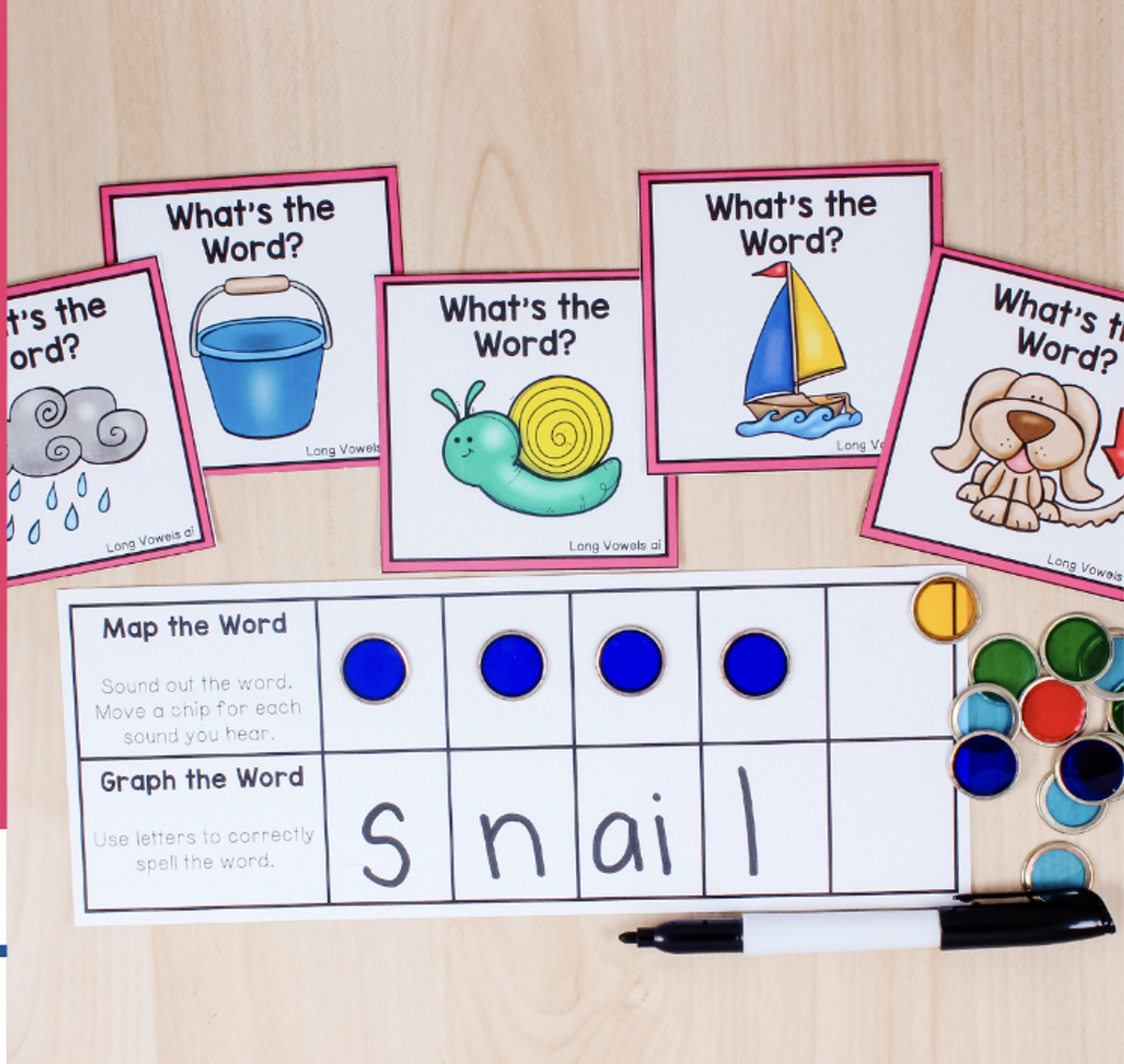

Students are also given the opportunity to explore morphology and the meaning of unfamiliar words. Morphology is the study of words and their parts. Morphemes, like prefixes, suffixes and base words, are defined as the smallest meaningful units of meaning. Morphemes are important for phonics in both reading and spelling, as well as in vocabulary and comprehension.
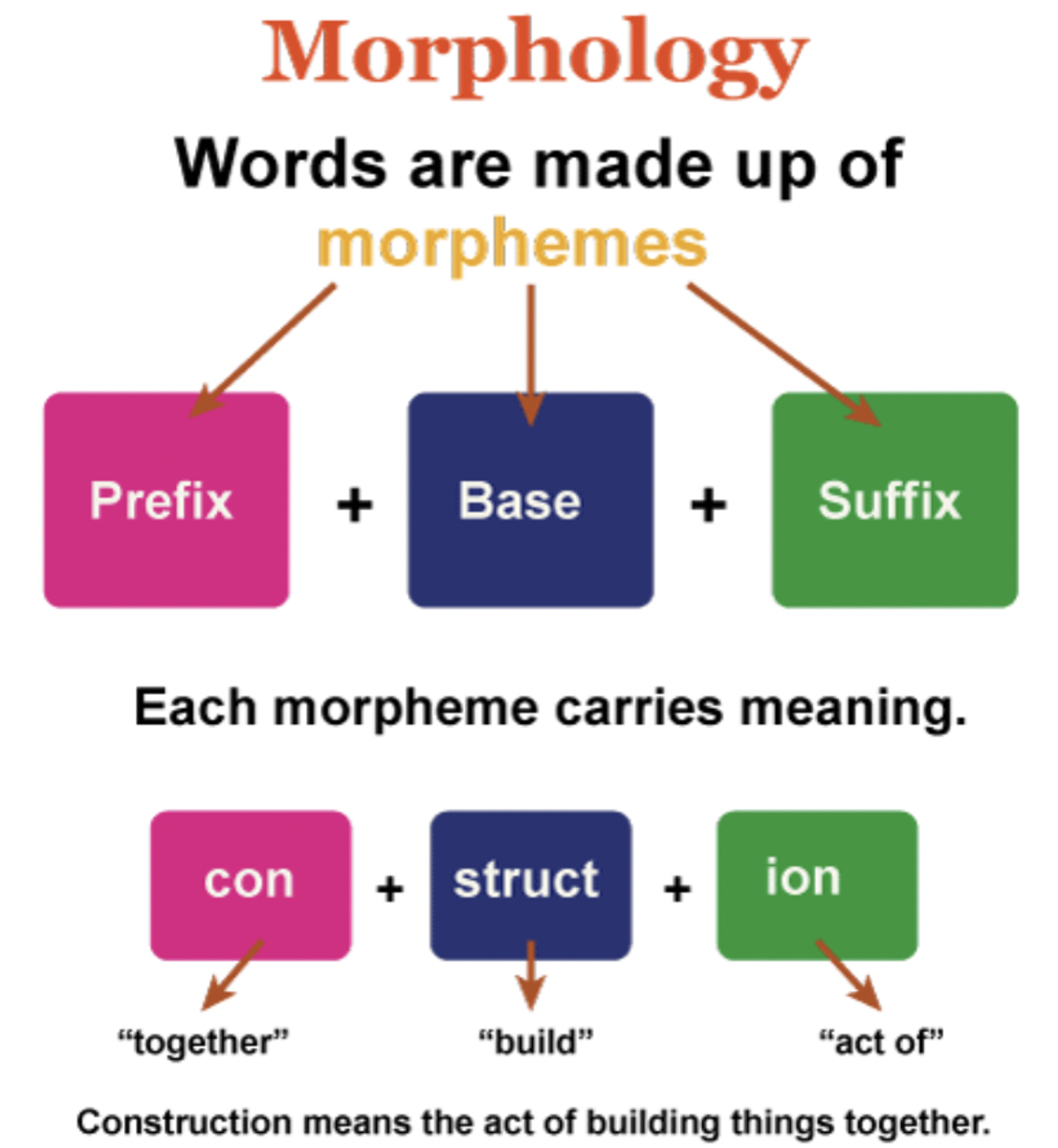

As part of their homework , students may bring home spelling tas and it would be great to engage in discussions with your child to encourage them to articulate their understanding. Please do not hesitate to speak to your child’s teacher or email me should you require additional information.
Sue Burke
English Leader
sburke@shnewport.catholic.edu.au
This term's inquiries are well under way! The throughline that underpins our inquiries is "Innovation - When things keep moving". Our inquiries form P-6 have been designed based on the concept of innovation, and in the context of our community of Newport.
Story of innovation in Newport:
Understanding that innovation, invention and improvement are continuous and dynamic. Newport has shown this through industry, a well known story of community, hard workers and innovation. The early history of European settlement in Newport saw the needs and wants of wider communities impact Newport through exploitation and quarrying of bluestone. Problem solving drove the innovation within the area.
Whilst quarrying was one of the first dominant industries in the broader area, the history of Newport has been heavily shaped by its connection to the development of Melbourne’s railways and continues to do so. Thinking creatively and developing solutions to their own and community problems or needs. Science has been heavily involved in the problem solving approach which has led to exciting innovation.
We shared the story of innovation in Newport to our students which has driven the learning in Discovery Spaces in P-2, and Projects in Years 3-6.
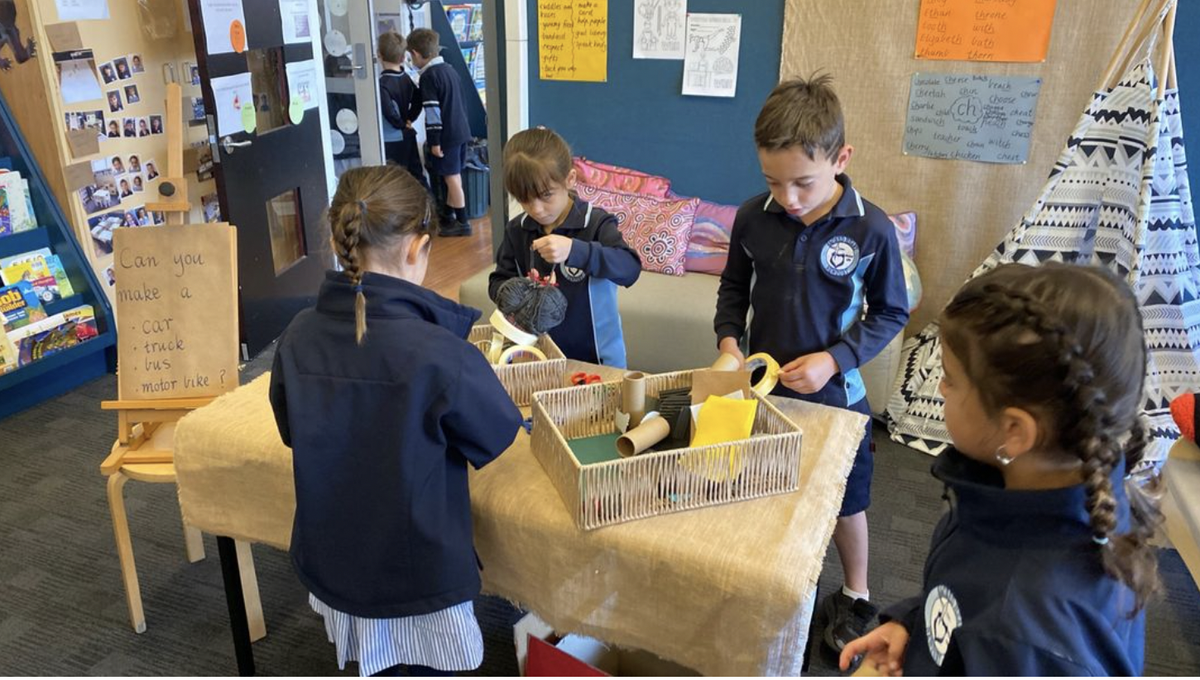
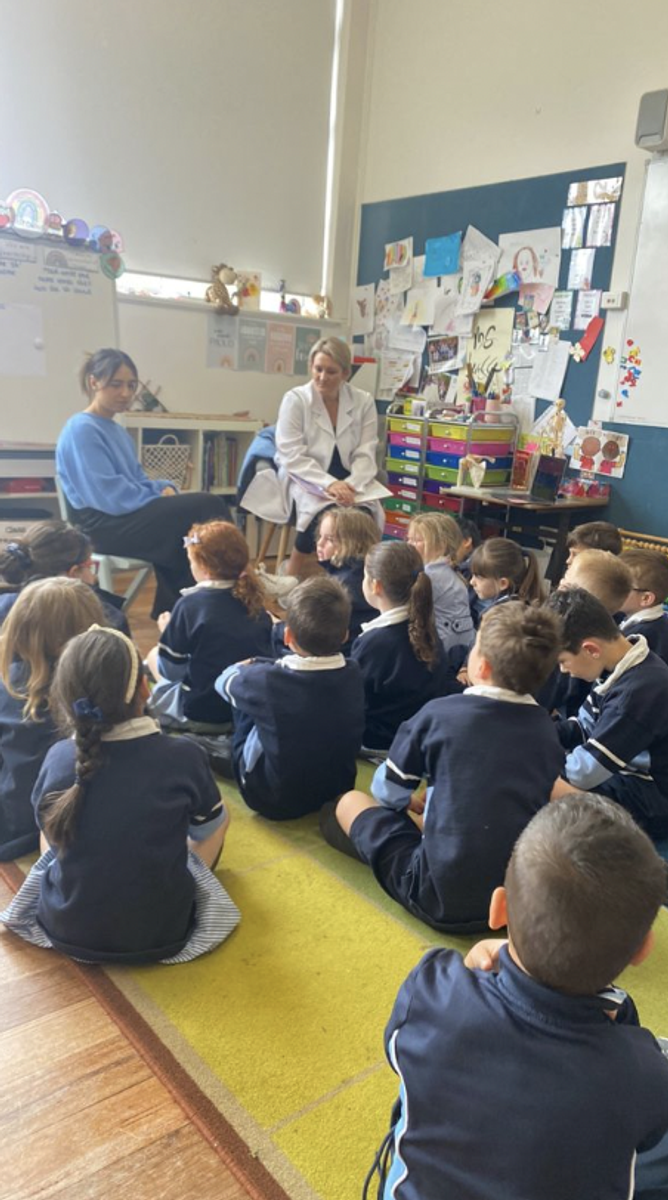
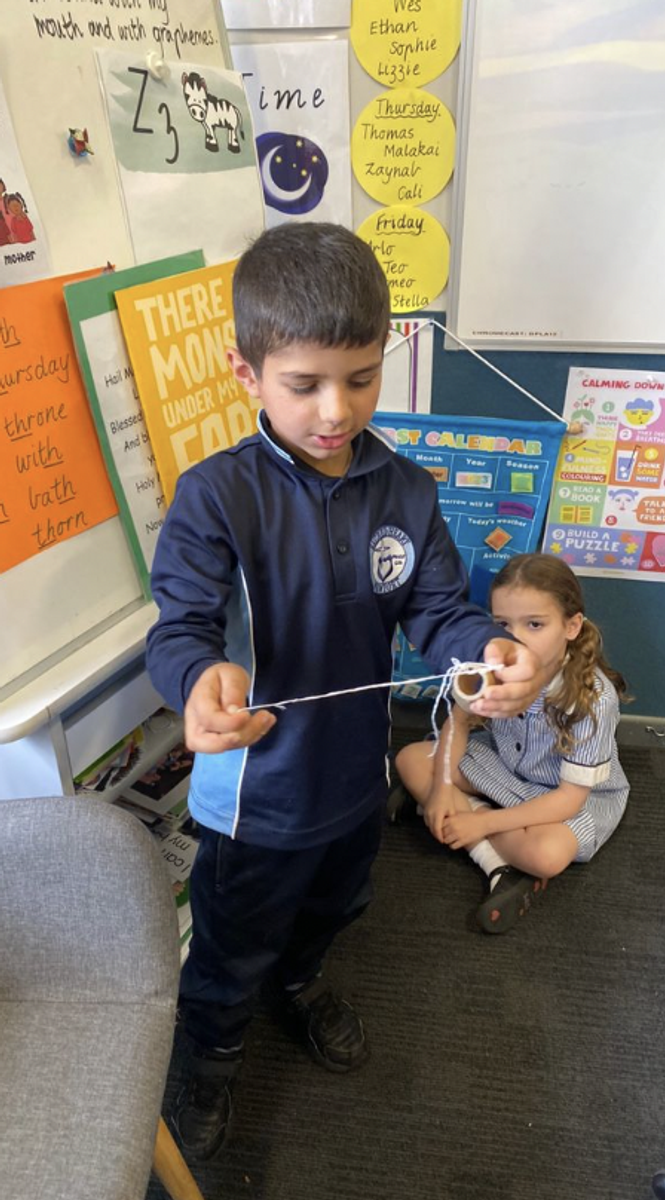
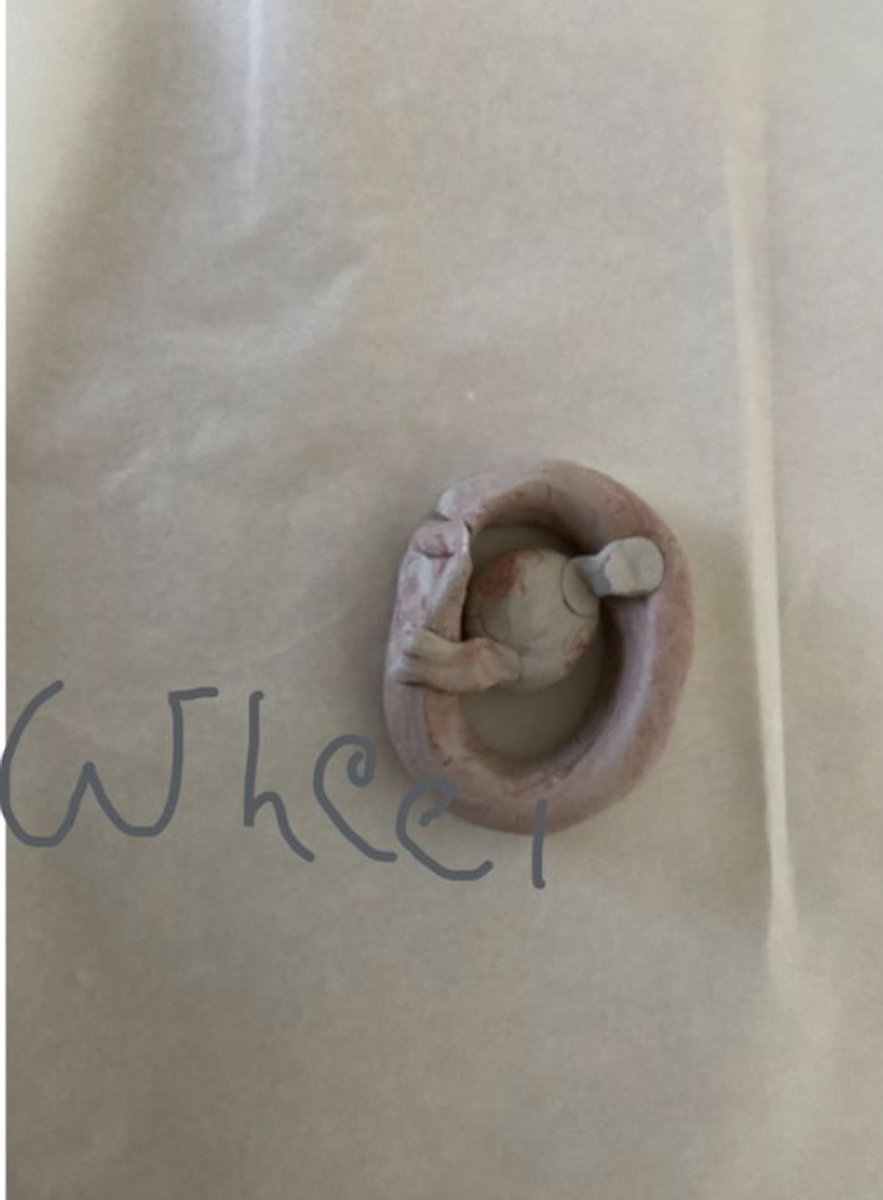
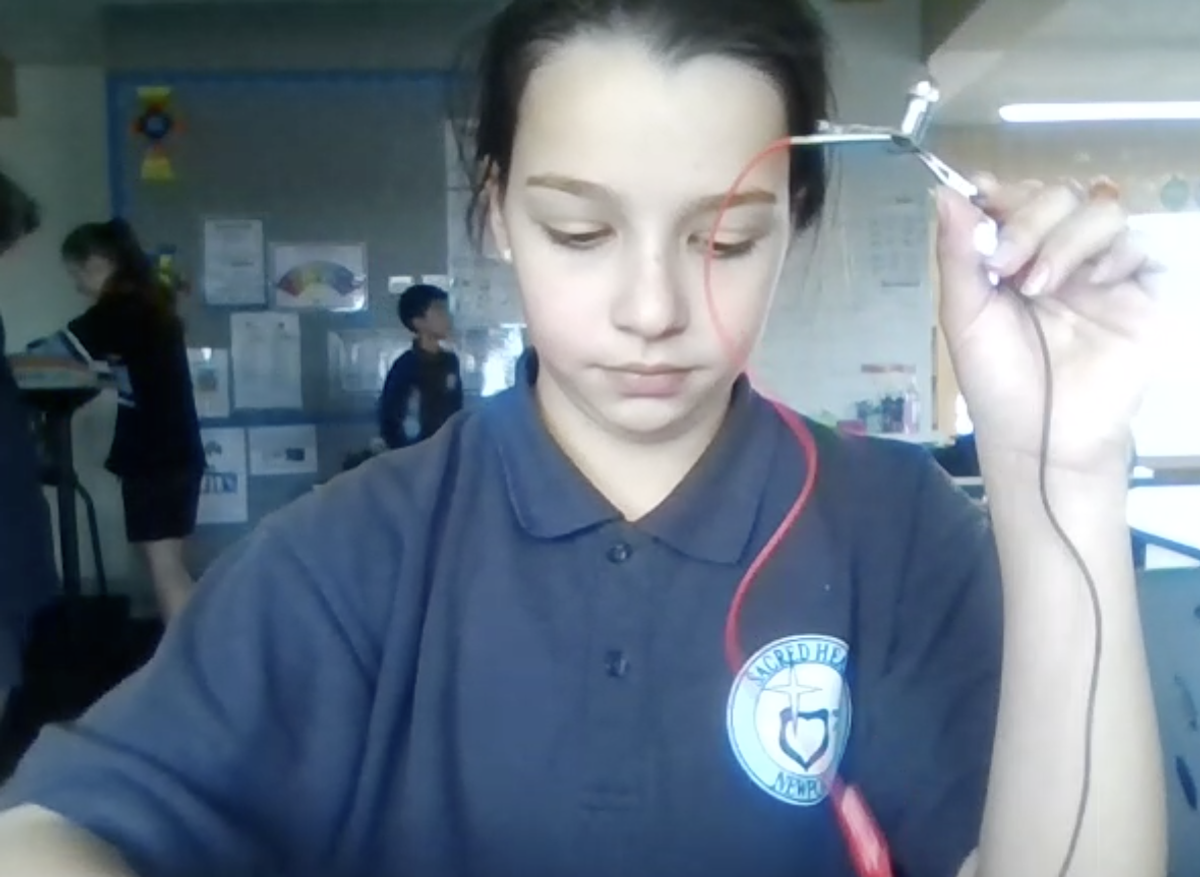
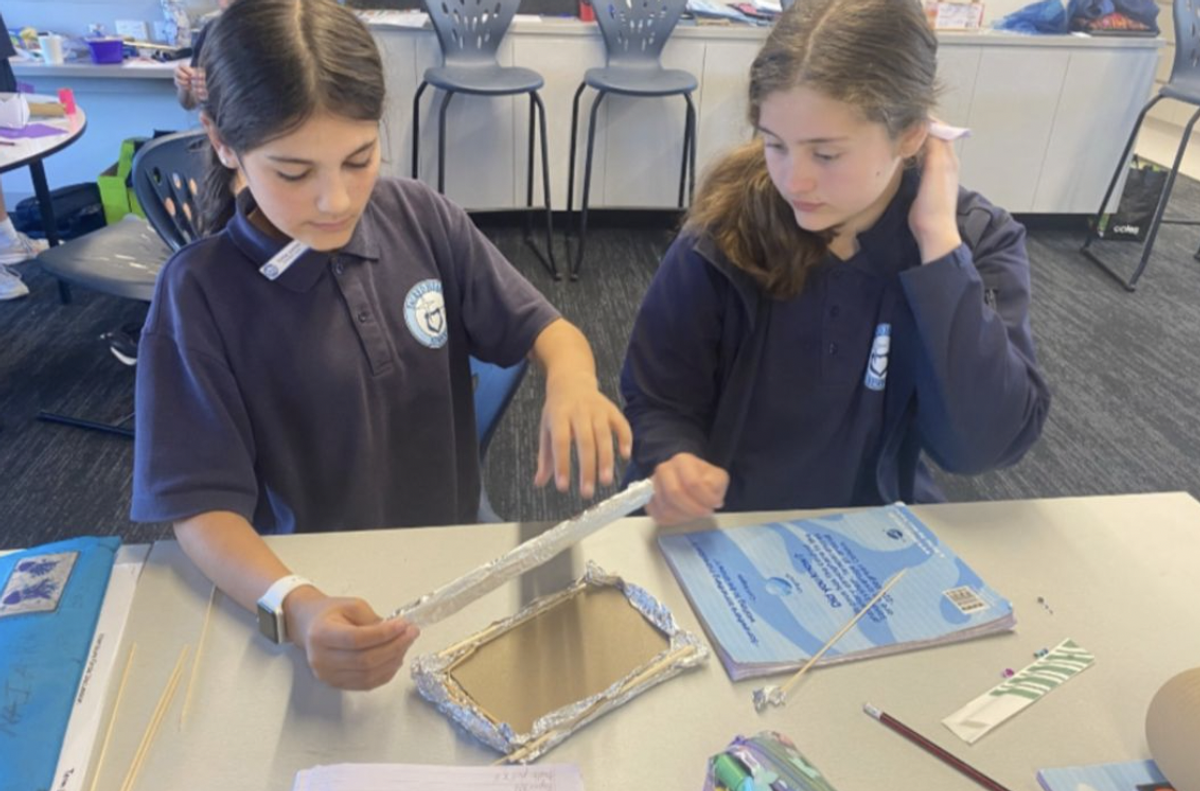
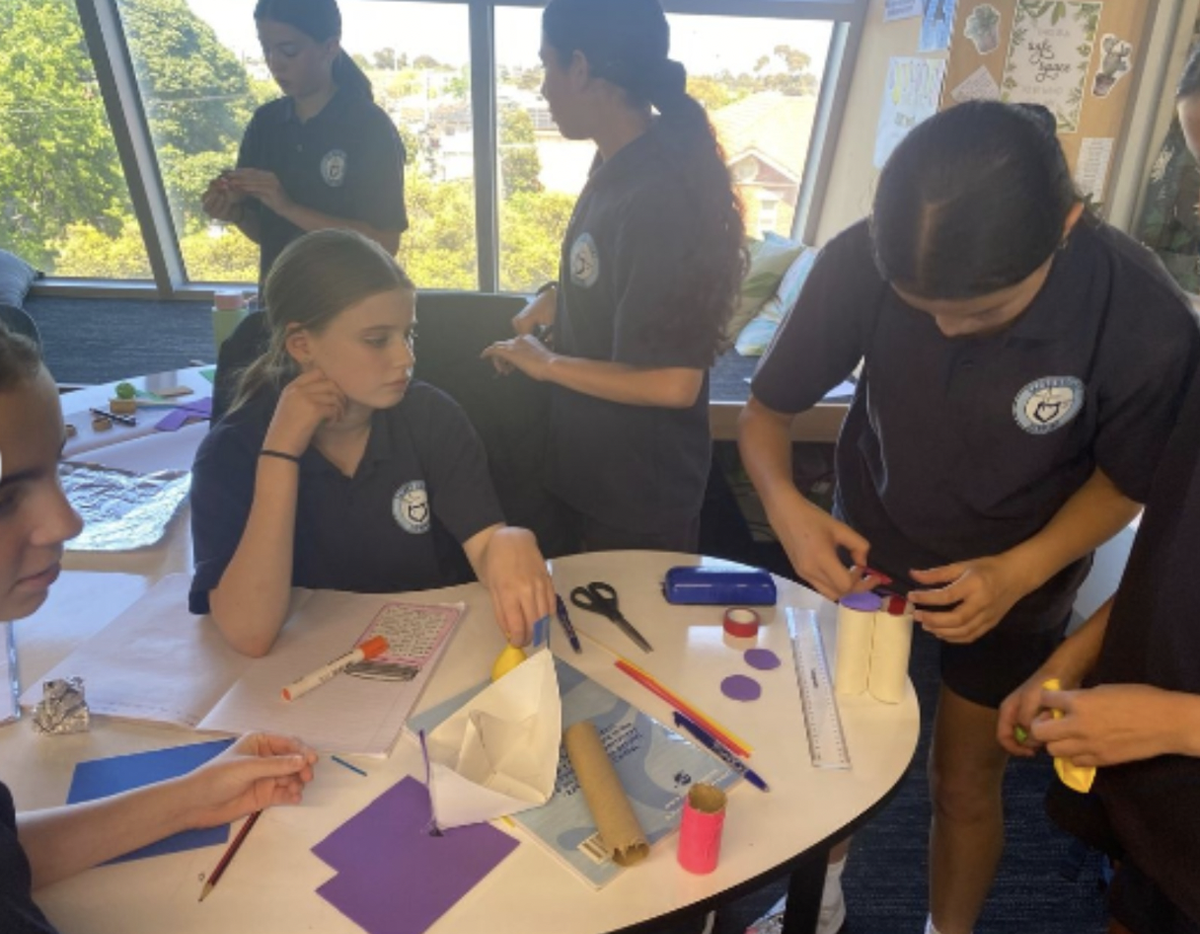







Keep a lookout for learning updates through Seesaw.
Cath Palmer
Faith Life Leader